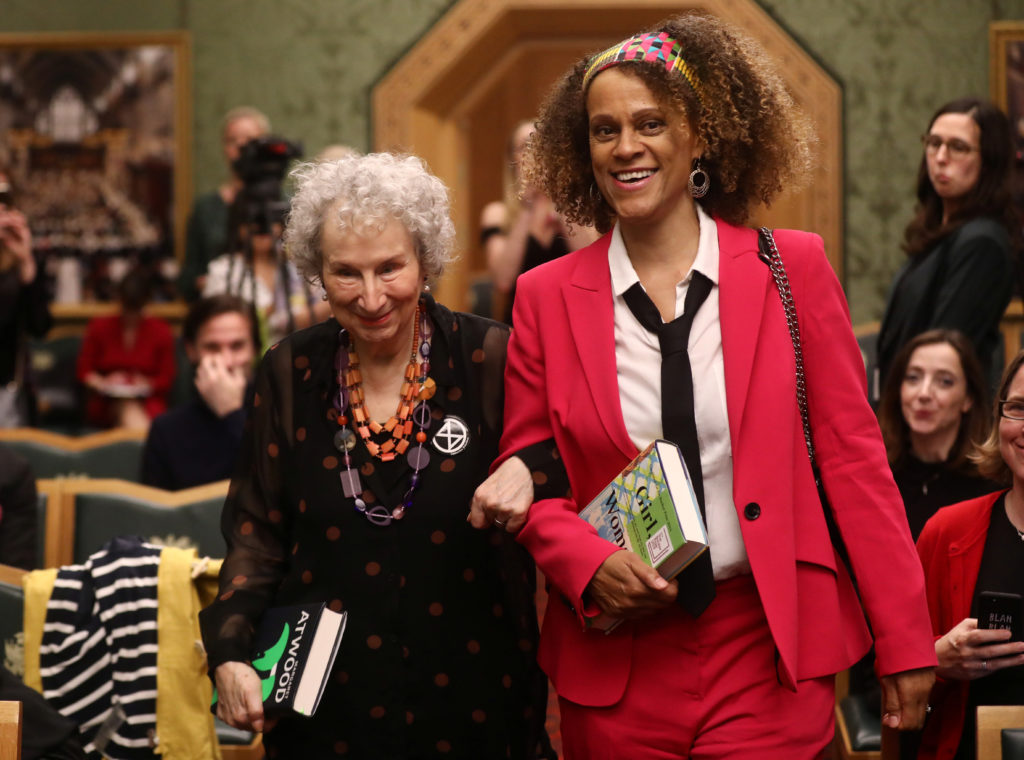My little feminist heart has been truly overflowing this Women’s History Month, and I’ve been thinking about different perspectives on and variations of womanhood. So here’s a little wander through my thoughts inspired by musical theatre and literature. Perhaps needed even more at this time when we are all less able to get out and about to experience culture.
I had wanted forever to see Six the Musical, which imagines the six wives of Henry VIII as a girl band competing over who had the worst marriage to the Tudor monarch. Eventually, all my hinting paid off and some tickets turned up under my Christmas tree.
It’s a cleverly conceived production and, since its premiere at the Edinburgh Fringe in 2017, has gone global. This is no surprise. Any production that can simultaneously drive home a message about child sexual exploitation and make you bop in your seat has to be a winner. Thanks, Kate Howard.
“I know, this is it
He just cares so much
This one’s legit
We have a real connection
I’m sure this time is different”
I was blown away by the performance of the diverse, all female cast and band. What was even more mind blowing – though it really shouldn’t have been – was how the musical told the stories of women who lived hundreds of years ago. Women whose names and (unhappy) marriages I knew pretty well, though that was pretty much all I knew (and was taught) about them. The familiar
divorced,
beheaded,
died,
divorced,
beheaded,
survived.
In Six, we learn who these women were as individuals; as rounded people, with thoughts, feelings, interests, ambitions and lives of their own. At the same time, Six is totally “up to date” and examines very modern problems, such as when Anne of Cleves is judged for her real appearance compared to her portrait.
“You, you said that I tricked ya
‘Cause I, I didn’t look like my profile picture”
The entire production is really summed up by Catherine Parr.
“So I picked up a pen and a microphone and history is about to be overthrown”
I did find myself asking: how come Hamilton, a musical with an identical concept, has been so prolific, while this musical, which is about women and is of the same quality, hasn’t had the same profile? I loved it so much I have booked to go back again – twice (trips now delayed but I will definitely go as soon as I am able)!
I have read the joint Booker Prize winners: Girl, Woman, Other by Bernardine Evaristo (the first black woman winner) and The Testaments by Margaret Atwood as well as having the privilege of seeing Evaristo in conversation. I found both works impossible to put down. Novels which feature nothing but the variety of the female perspectives.
A particular joy for me when reading Girl, Woman, Other was Evaristo’s open and empathetic exploration of womanhood in its myriad forms and expressions, which are truths in 2020. This contrasts strongly with The Testaments, the long-awaited sequel to the Handmaid Tale, which has become a seminal feminist text and has a much darker feel.
I was too young to read The Handmaid’s Tale when it first appeared in 1985. Atwood states that, as disturbing as the repressive regime of Gilead is, nothing is included in the books that hasn’t taken place somewhere in the real world. My reading it recently meant it didn’t strike me as powerfully as it did some earlier readers. Too much of the dystopia portrayed within the book has become almost normal. Somehow, The Testaments captured my imagination and heart much more. It cleverly contrasts the alternative points of view of three female narrators, each occupying a different social position in Atwood’s fictional society; each repressed and controlled in different ways – some very obvious to their and readers’ eyes and others less so.
It has been such a refreshing treat to be able to listen to the voices and explore the perspectives of so many different women and those that reject that concept altogether and identify as non-binary. I have been enriched so much by thinking about the various complexities, sorrows, horrors and joys of our lives. And, while the concept of discovering “her-story” (rather than his-tory) is not new, I am always surprised at how many parts of history I have not yet challenged or considered ‘other’ possible explanations for, even though I know that history is so often ignored unless it is from a white-cis-male-heterosexual perspective.
And, finally, as a mother of four daughters, I particularly loved (sorry, not sorry, as Anne Boleyn might have said) the fact that we can educate ourselves about these women in ways that are accessible (when not in a global pandemic), fun and include great costumes, music and dance.


